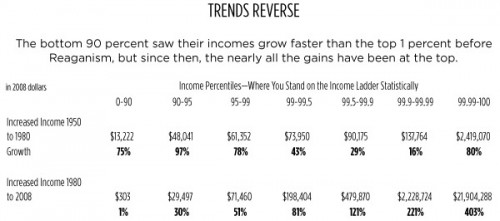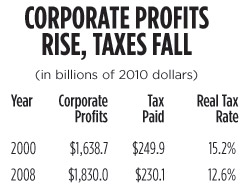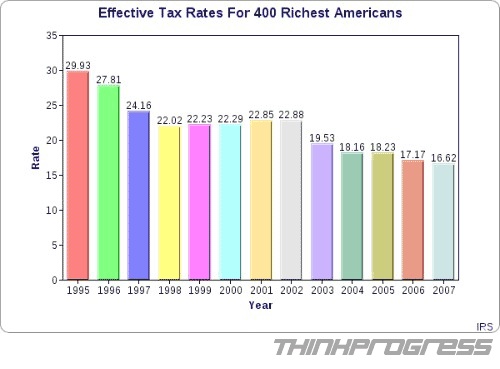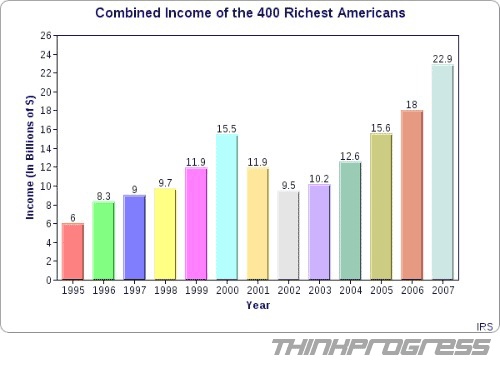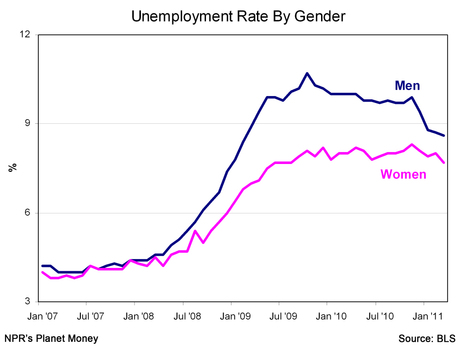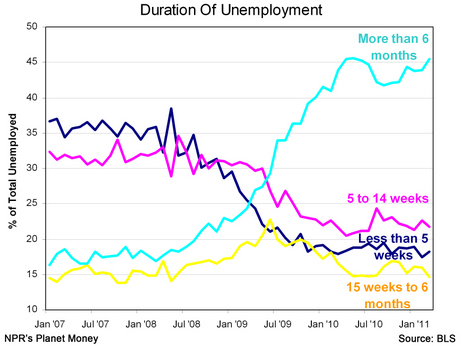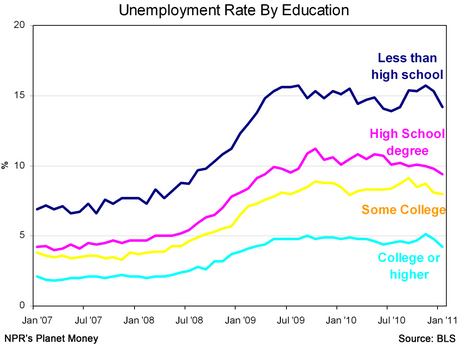Cross-posted at Jezebel.
According to The Guttmacher institute, 90% of all abortions occur in the first trimester. According to WebMD, a 12-week old fetus is 2.5 inches long and the typical woman will have gained three to five pounds. Most of these women’s pregnancies are essentially undetectable to an observer.
Most news stories about abortion, however, illustrate their article with an image of a woman with an unambiguously pregnant belly. The disconnect between the reality (90% of abortions occur in the 1st trimester) and the imagery (of women who are in their 3rd) implies that many abortions are occurring much later than they are.
A reader, Richard, brought our attention to a tumblr blog highlighting this mis-illustration. Preggobelly collects screenshots of abortion stories illustrated by heavily pregnant bellies. Here is a sample:
For another fascinating post on imagery and abortion, see our post on the initiation of fetus imagery.
Lisa Wade, PhD is an Associate Professor at Tulane University. She is the author of American Hookup, a book about college sexual culture; a textbook about gender; and a forthcoming introductory text: Terrible Magnificent Sociology. You can follow her on Twitter and Instagram.





